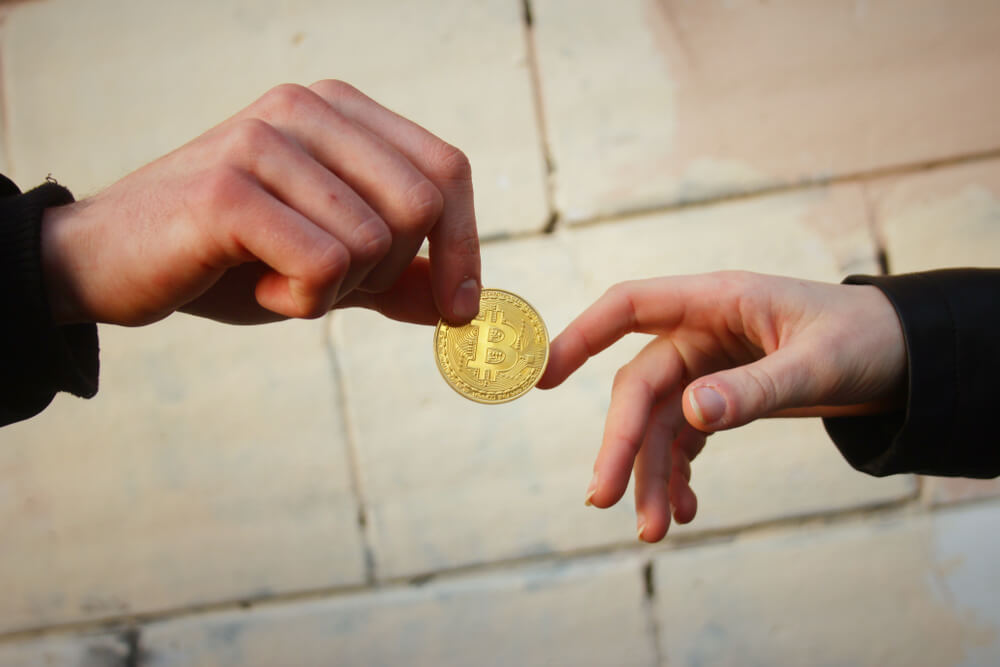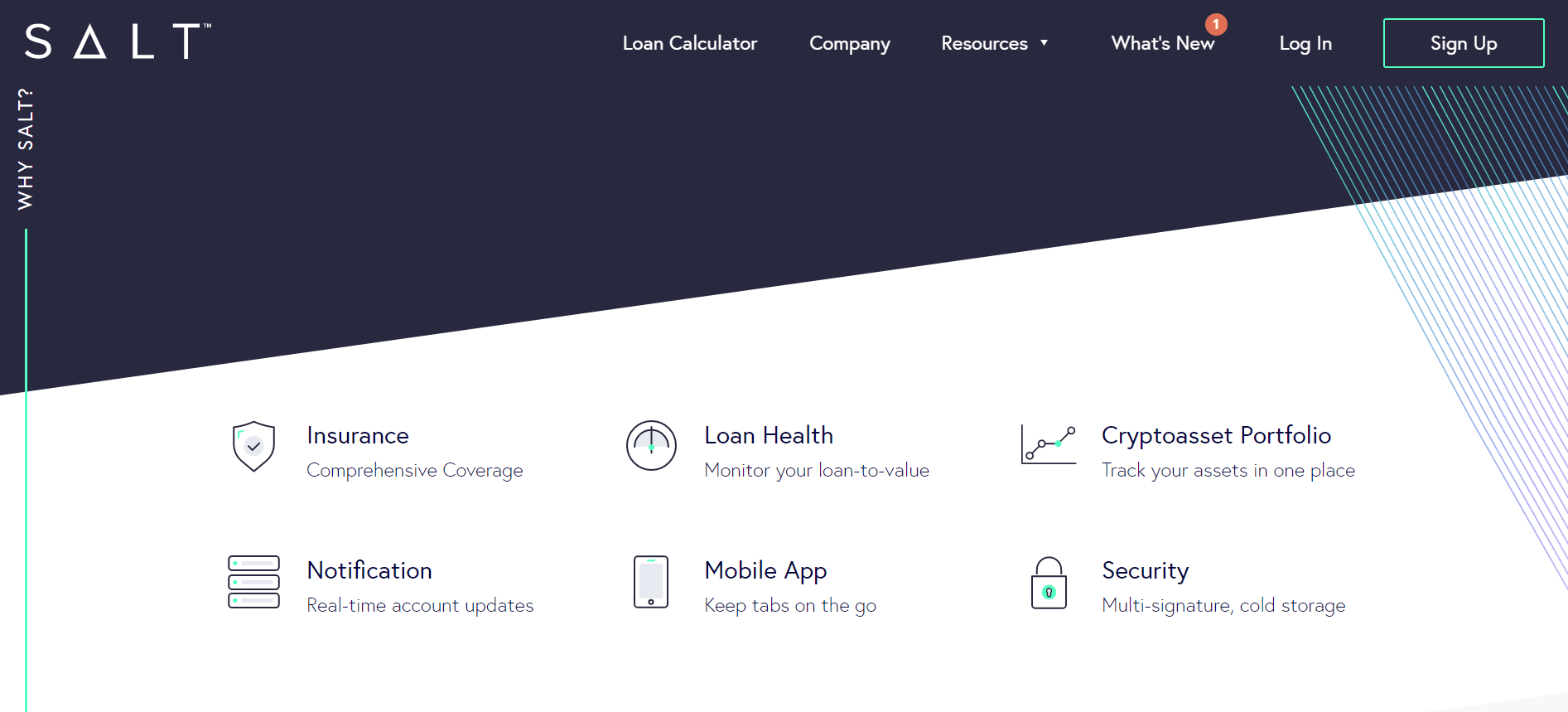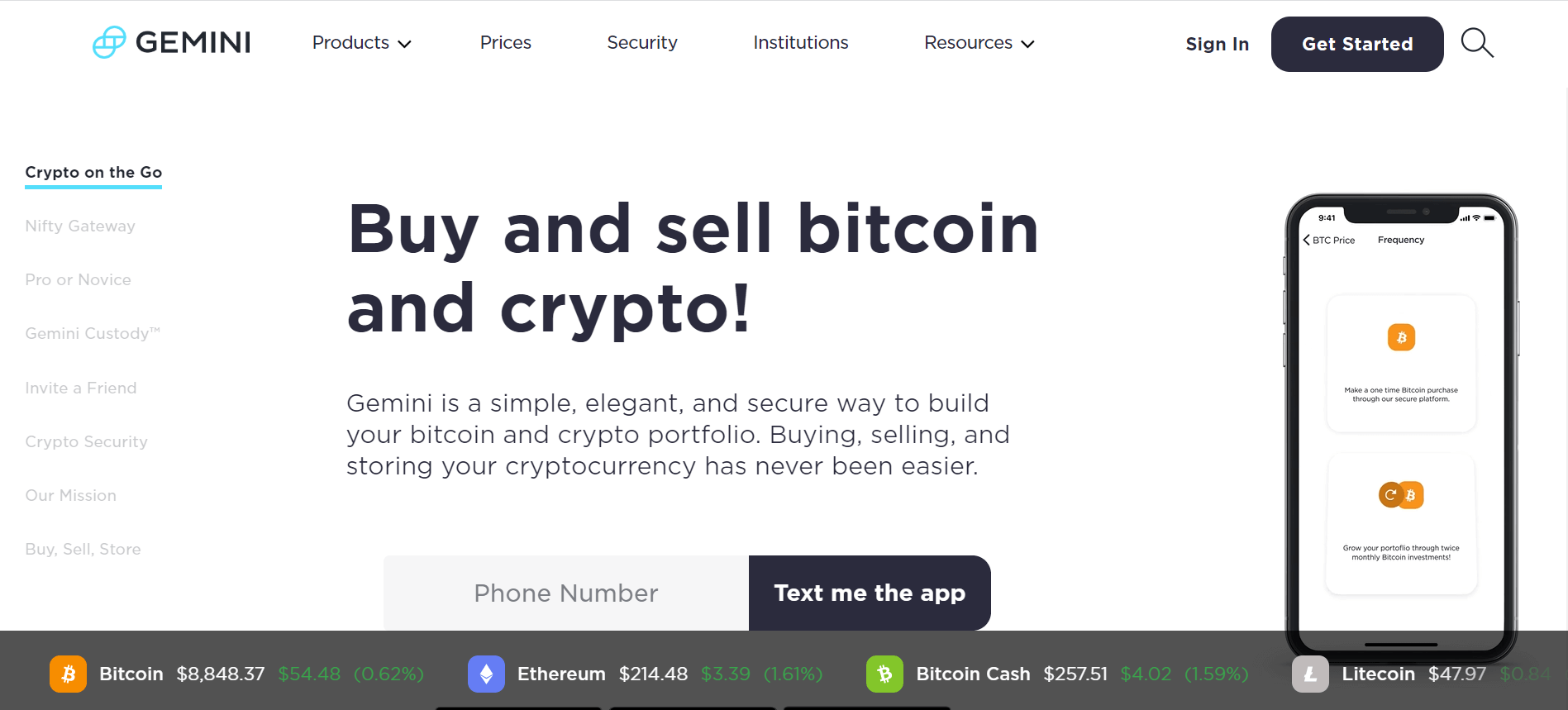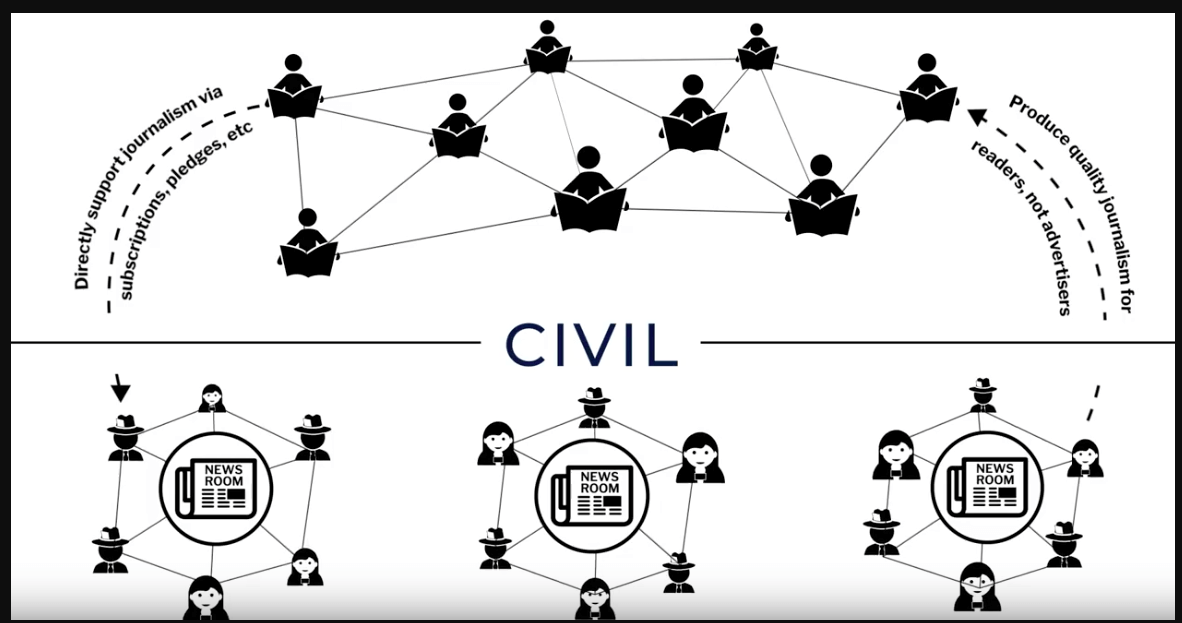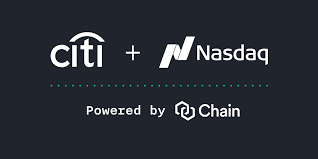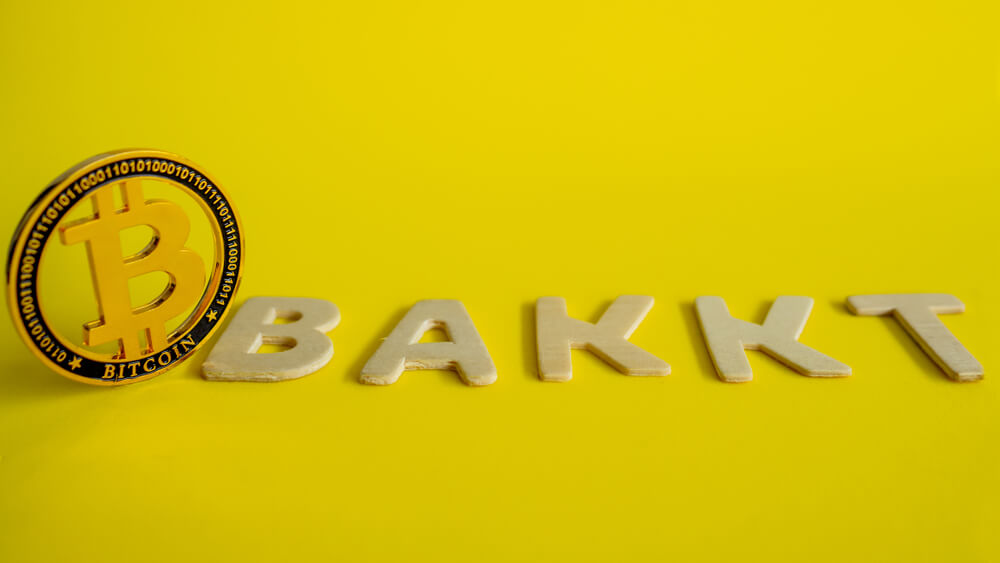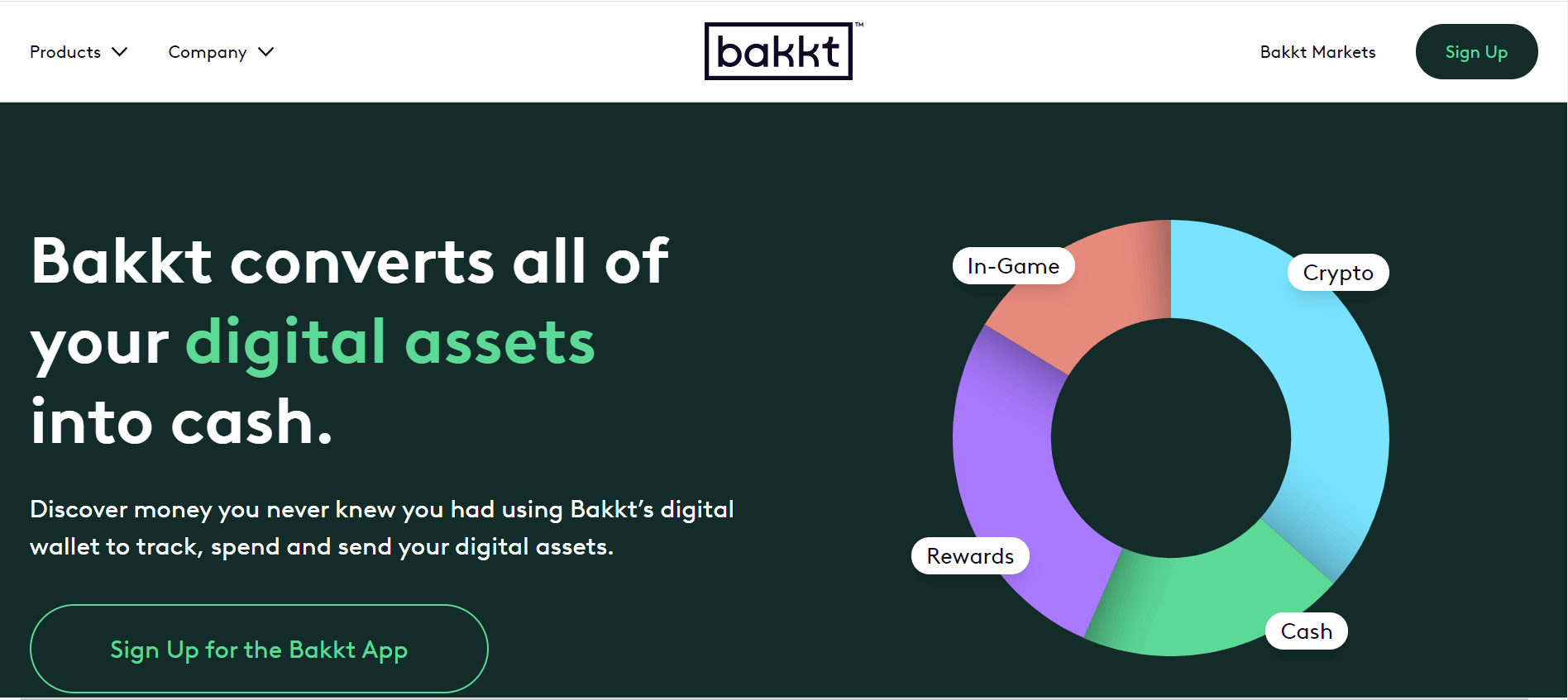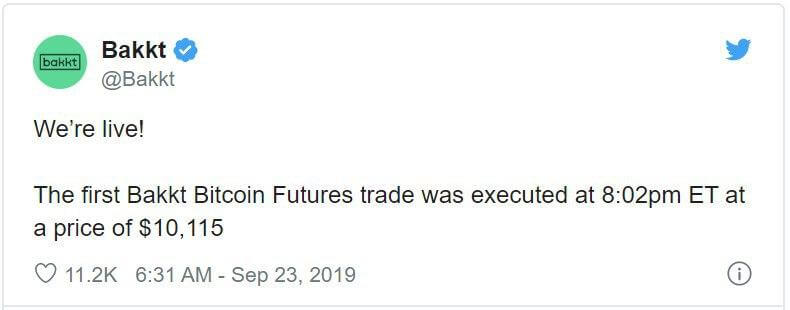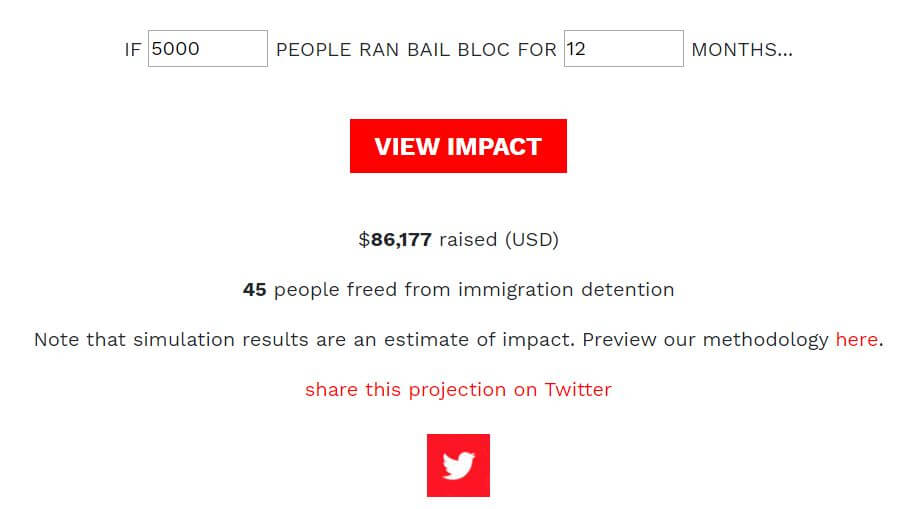Introduction
Nowadays, advanced technology has made it possible for everyone to showcase their talent in front of the whole world without hassle. The Internet also provides you with a platform where you can gain fame and recognition within no time. For both these purposes, you just need three basic things: incomparable talent, correct stage, and proper strategy. While skill and strategy rely entirely on you, finding the right platform has become easy with Audius.
Don’t worry if you haven’t heard the name Audius before. We have collected all the information about this new title in the music industry. So you will be able to see how it can change your life. Let’s get into the details.
What Is Audius?
If you are aware of the concept of Ethereum, that runs the cryptocurrency Ether, it will be convenient for you to understand Audius. Ethereum has used its blockchain-based set up to provide this music streaming service to everyone in the world. Audius promotes its motto that states, “We give everyone the freedom to share and listen.”
Basically, Audius is a music streaming platform that runs on blockchain and provides ample opportunities to everyone who wishes to share their music with the world. This means it has eliminated the hassle and process of indulging with major labels and corporations for music production. Therefore, artists can share their music with their intended audience without any middlemen.
How Does Audius Work?
Audius seems to work the same way as Spotify or SoundCloud. A few steps involved in using this platform include:
Buying Tokens: There is a concept of Audius Tokens that both artists and listeners should be aware of. Being a user, you can either spend money to buy these tokens or earn them just by listening to the ads.
Spend and Listen: Once you have tokens in your wallet, you can use them to listen to your favorite music. For each song that you listen to, a fraction of a cent will get cut from the total amount.
That was from the perspective of the listeners. When we talk about the artists, they will get approximately 85% of the entire money earned on their music. This percentage is higher than almost all similar apps that offer a maximum of 70% cut.
The remaining 15% of the amount will be given to the following people:
- Song host
- Audius developers
- Other associated people
What Is The Benefit Of Audius?
The primary benefit of Audius is that artists can conveniently showcase their talent to the world, while listeners can get a chance to explore more diverse music. However, this isn’t the only perk of this platform.
When we talk about the music industry, most artists often get stuck between corporations and big labels. Most of the earnings on music are taken by these middlemen, leaving a minimal cut for the artists. But with the help of Audius, they can get almost 85% of the total revenue generated by their song. Hence, they will get paid well for their efforts and talent.
All in all, Audius is an excellent initiative by Ethereum because it will be beneficial for both artists and listeners. So there won’t be any hassle or complications associated with producing some quality music.

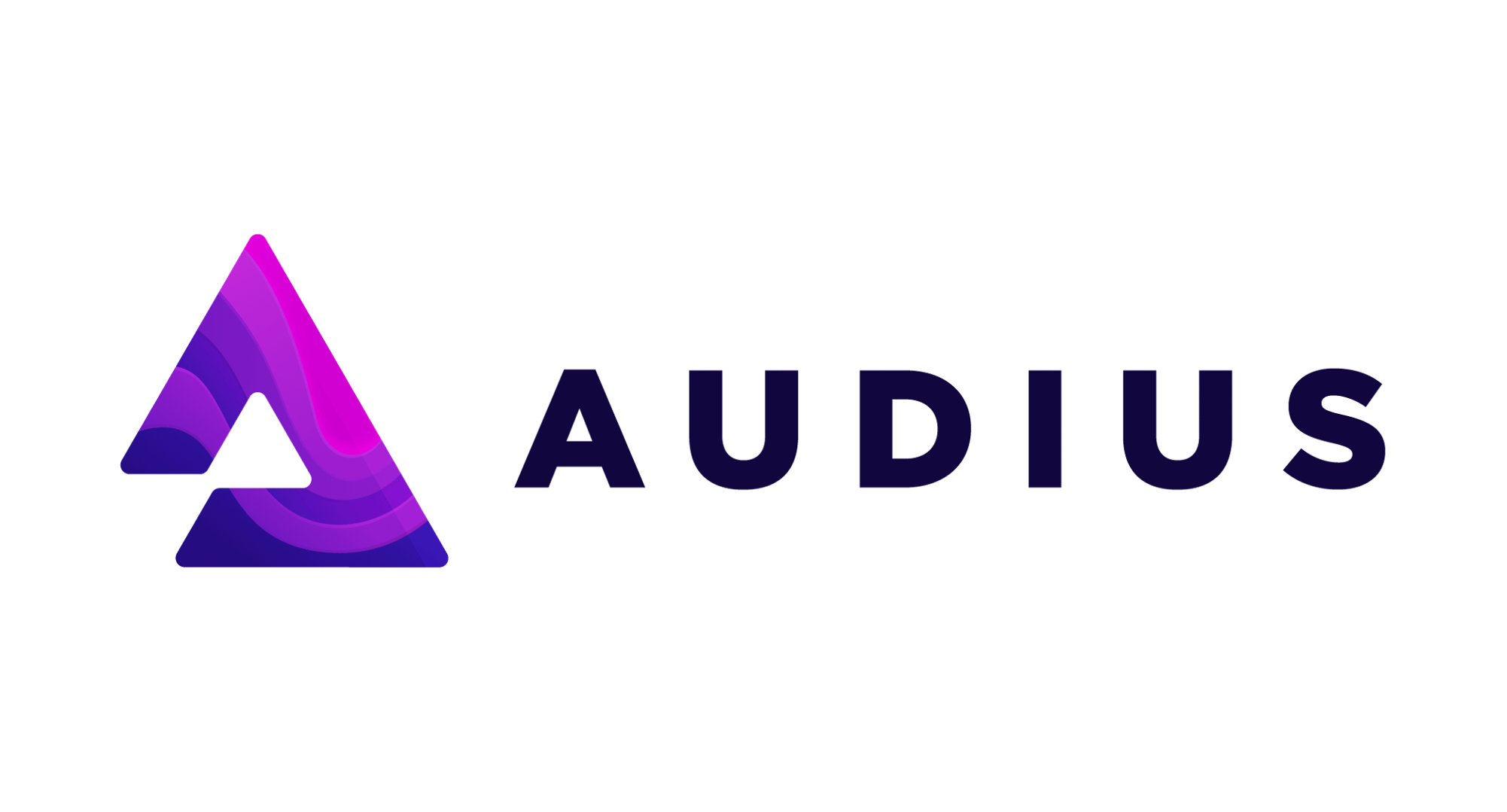



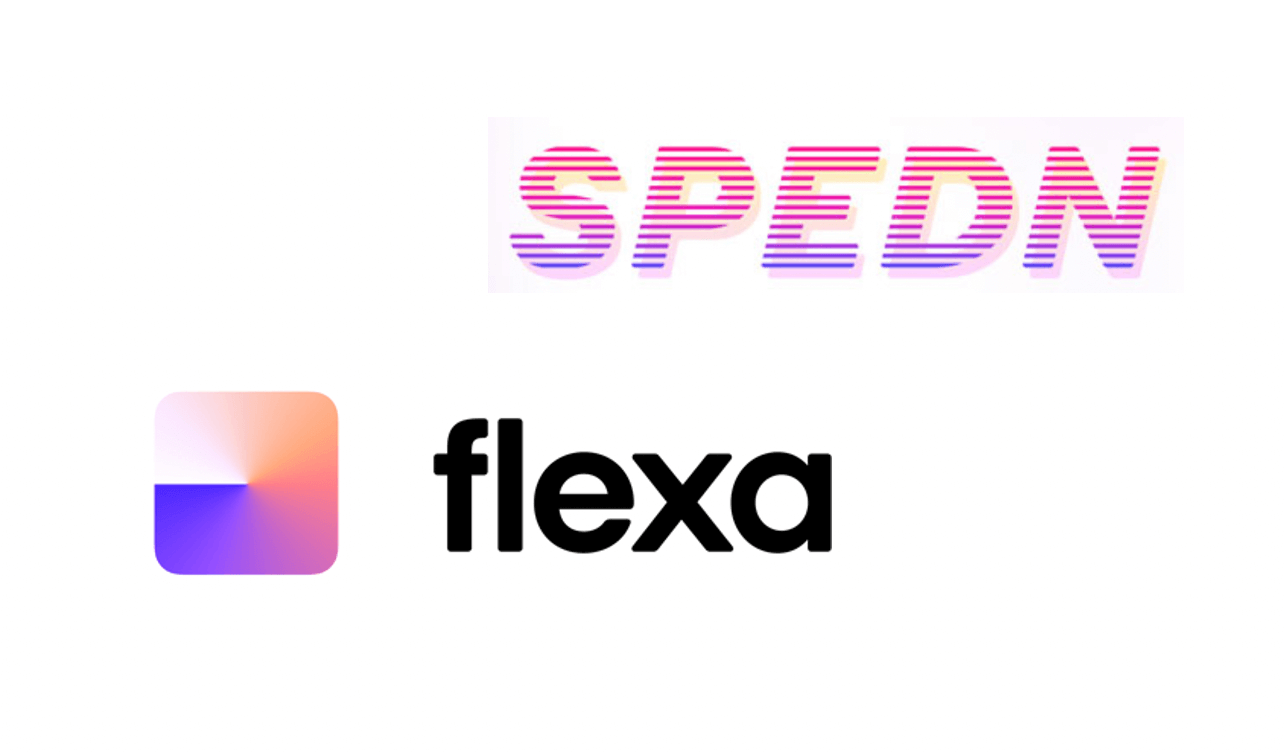

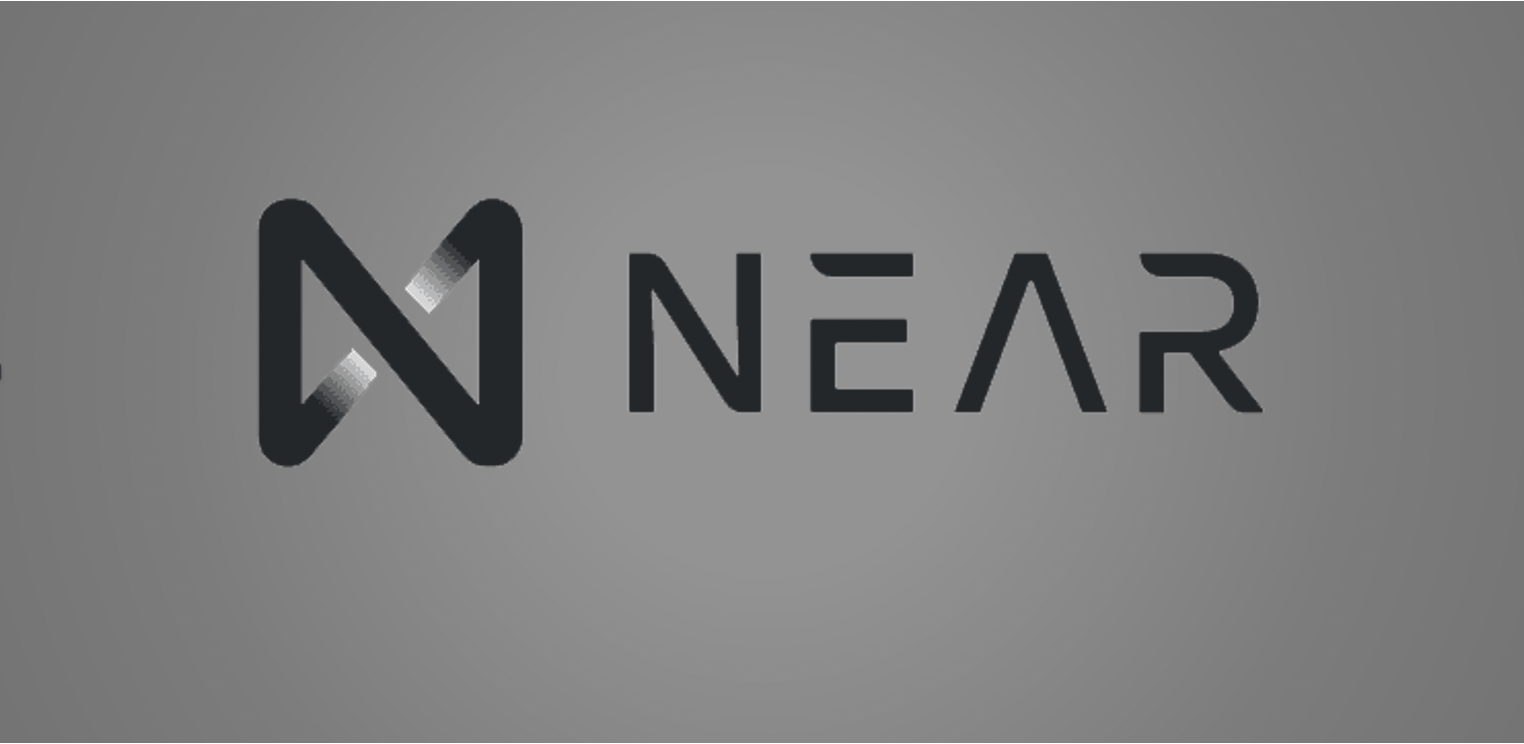
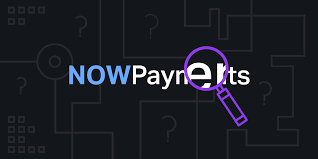
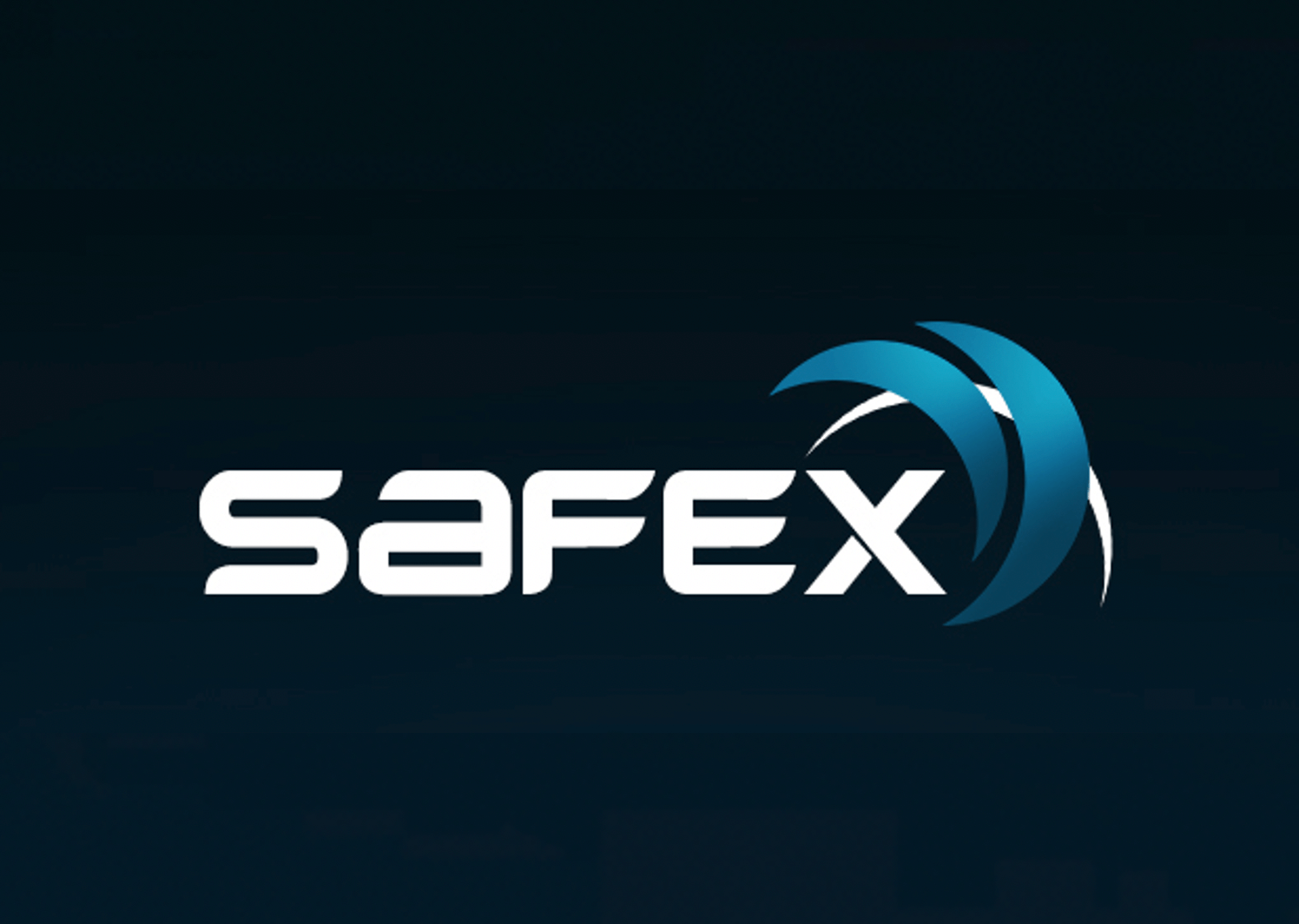

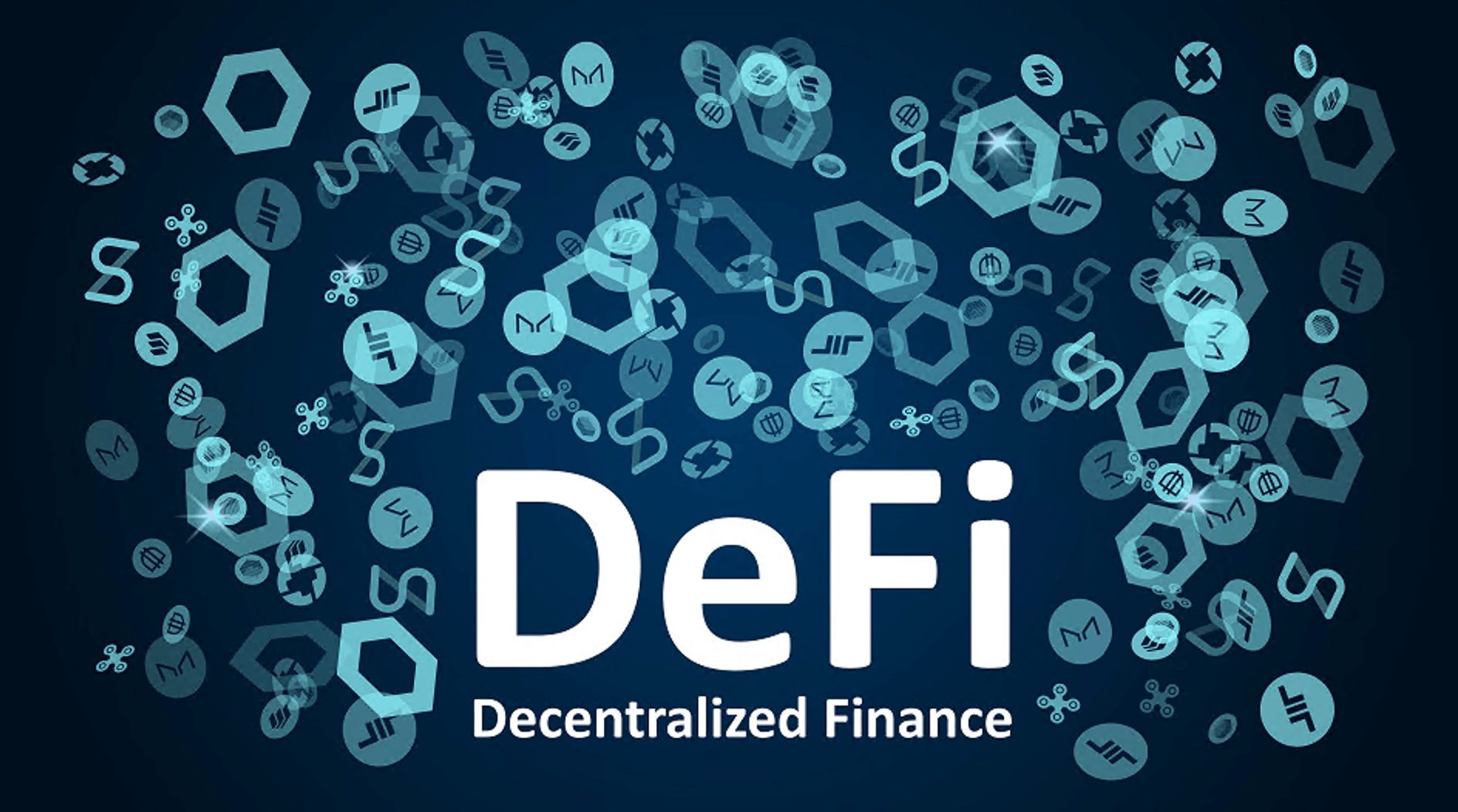
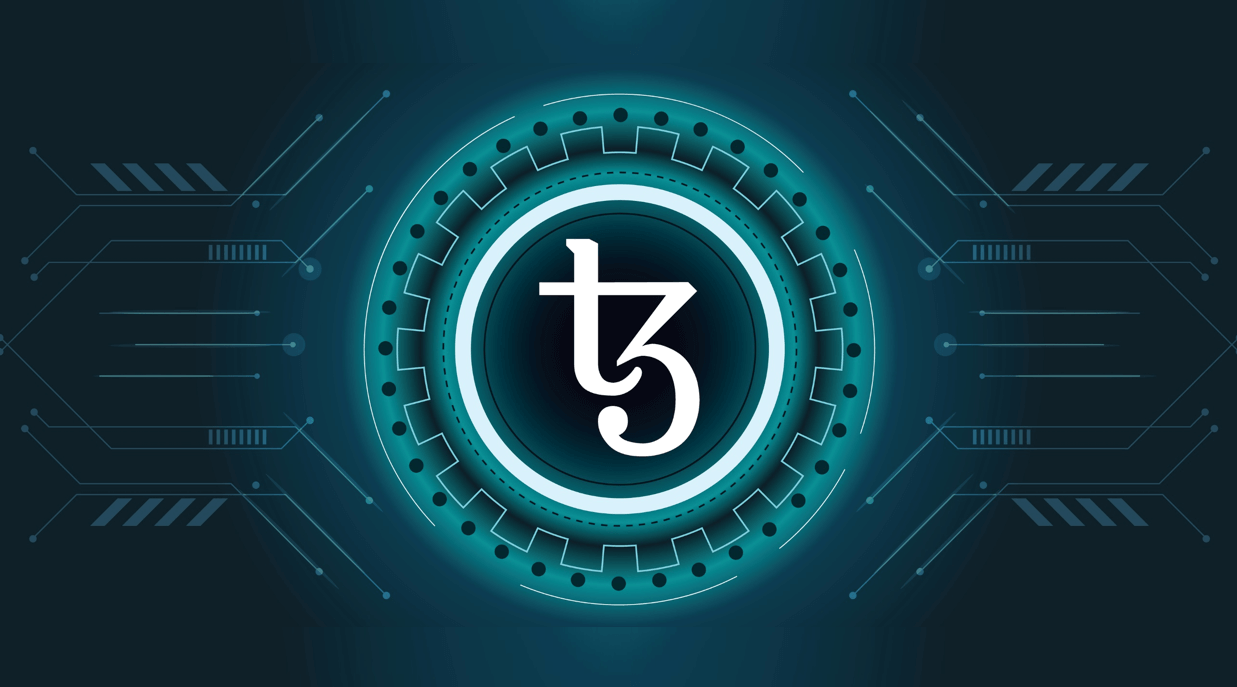

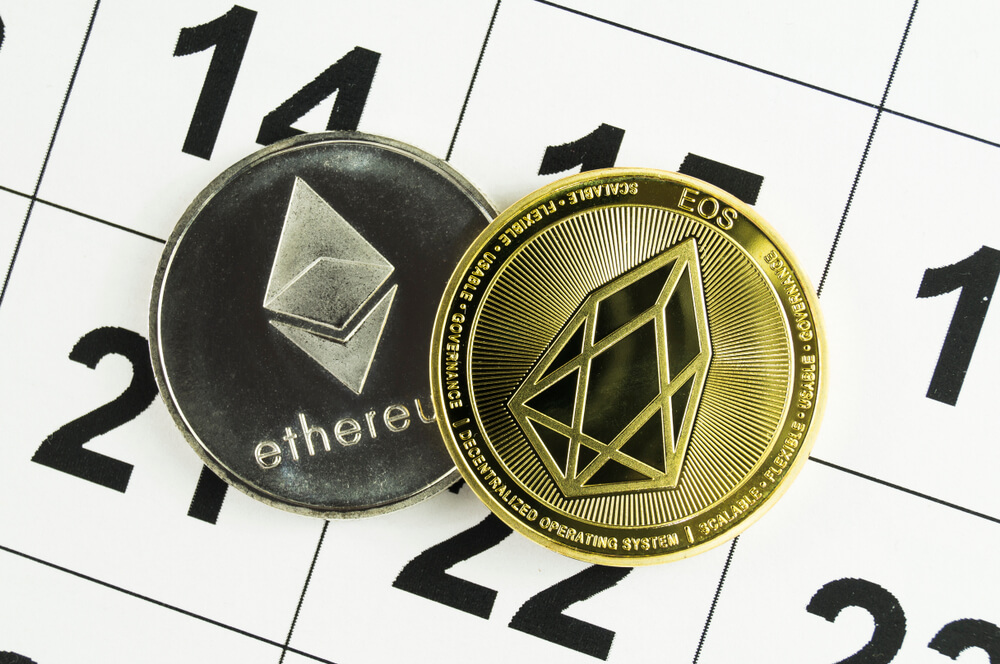
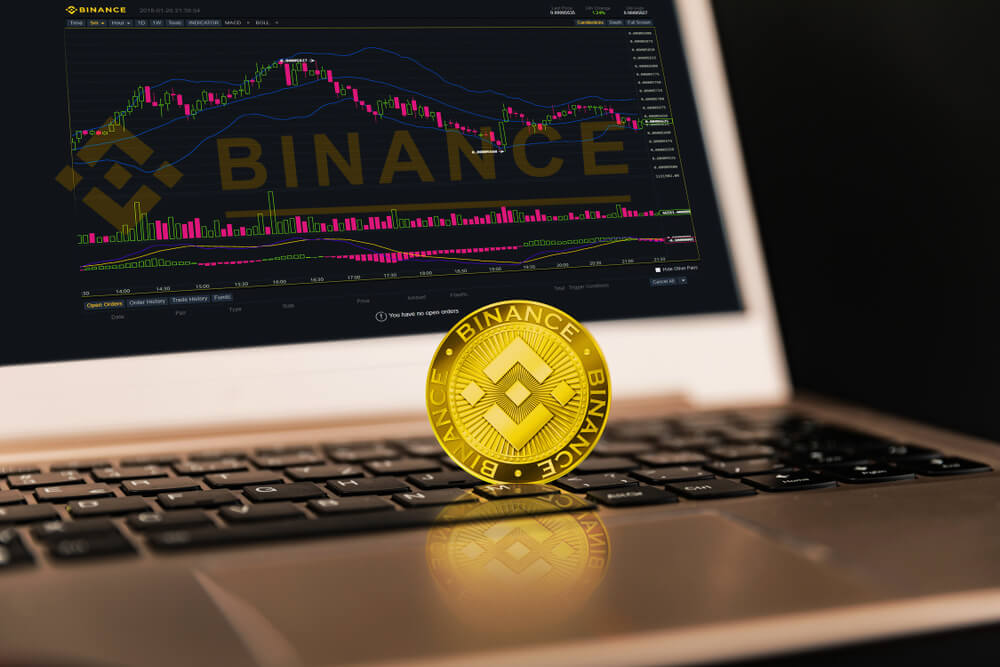

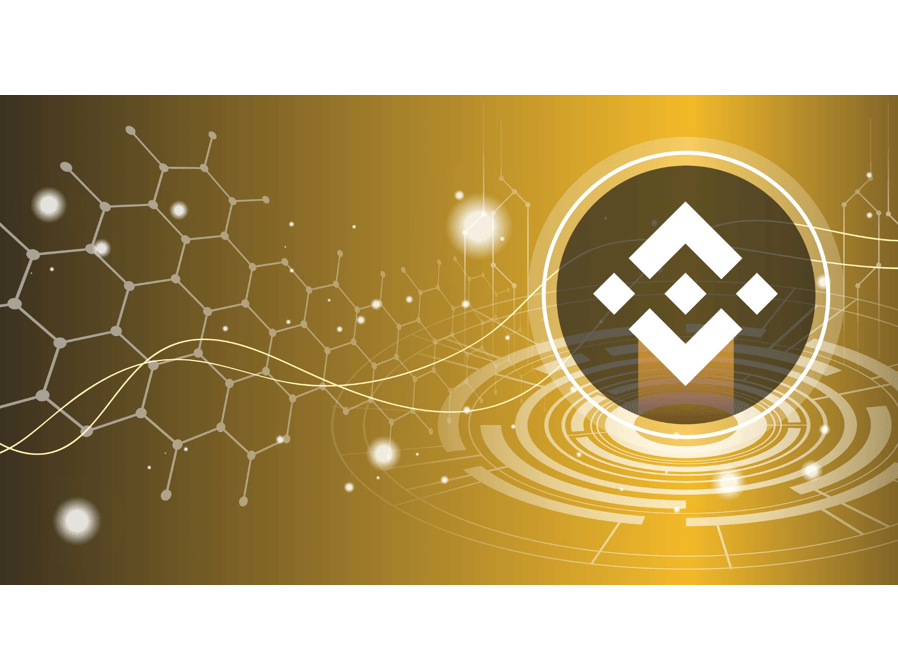


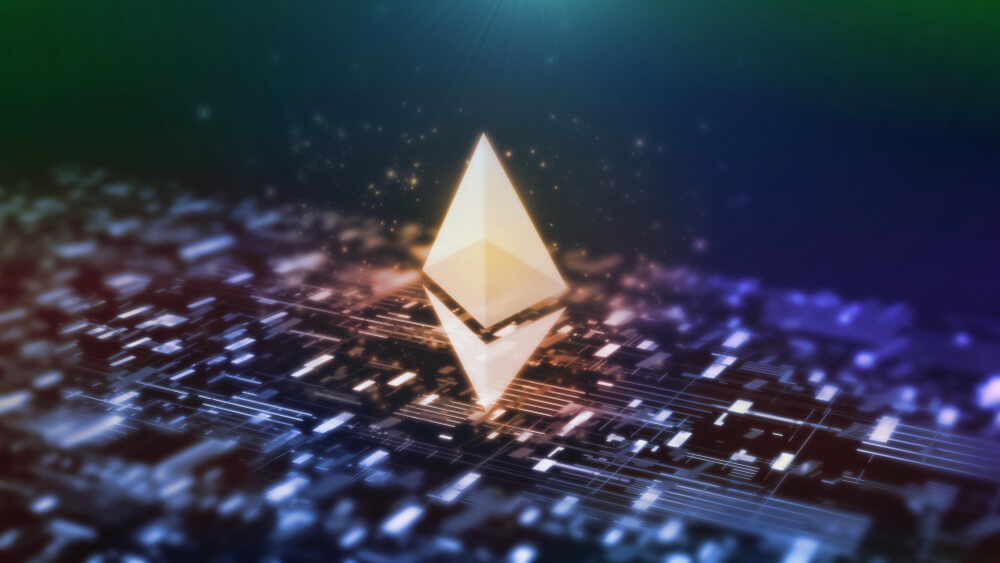



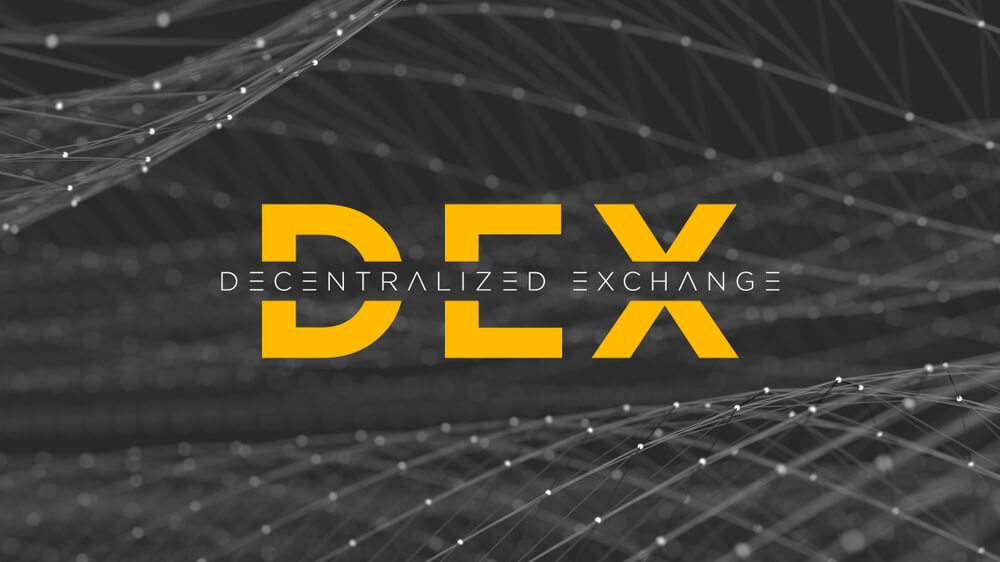





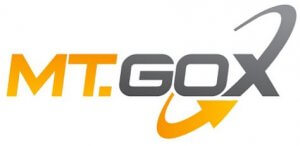 Mt.Gox, a Japan-based cryptocurrency stock exchange, was the biggest and busiest of exchanges, with 70% of bitcoin transactions from all over the world was going in the platform back then in 2013-14. With cryptocurrency or cryptocurrency exchanges, there were no regulations. There were many loopholes in the company’s management, like there was no VCS, Version Control Software. The VCS mainly stores all the information of all the features, coding set up of a particular version of the software product.
Mt.Gox, a Japan-based cryptocurrency stock exchange, was the biggest and busiest of exchanges, with 70% of bitcoin transactions from all over the world was going in the platform back then in 2013-14. With cryptocurrency or cryptocurrency exchanges, there were no regulations. There were many loopholes in the company’s management, like there was no VCS, Version Control Software. The VCS mainly stores all the information of all the features, coding set up of a particular version of the software product.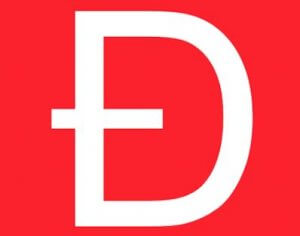 Before the 2019 Hack of Ethereum classic, DAO hack was the major one in the Ethereum platform. DAO, Decentralized Autonomous Organization, is a smart contract that was supposed to revolutionize the platform. The DAO acts as a decentralized venture capital fund for all the future DAPPS getting developed in the platform. Anyone can buy DAO for some ether and gain voting rights for any proposed app developed in the platform.
Before the 2019 Hack of Ethereum classic, DAO hack was the major one in the Ethereum platform. DAO, Decentralized Autonomous Organization, is a smart contract that was supposed to revolutionize the platform. The DAO acts as a decentralized venture capital fund for all the future DAPPS getting developed in the platform. Anyone can buy DAO for some ether and gain voting rights for any proposed app developed in the platform.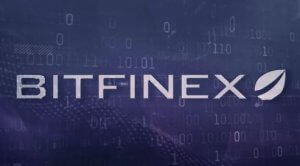 The Bitfinex exchange for increasing the security and ease the transactions for the users came up with multi-sig wallets with the collaboration of Bitgo. Multi-signature wallets are such wallets that have multiple keys. One key is owned and stored by the company. While the owner of the wallet has two keys, he may give one key to his trustworthy friend/relative, so that even he loses his key, he has a backup. Generally, the multi-signature wallets need two keys to operate.
The Bitfinex exchange for increasing the security and ease the transactions for the users came up with multi-sig wallets with the collaboration of Bitgo. Multi-signature wallets are such wallets that have multiple keys. One key is owned and stored by the company. While the owner of the wallet has two keys, he may give one key to his trustworthy friend/relative, so that even he loses his key, he has a backup. Generally, the multi-signature wallets need two keys to operate.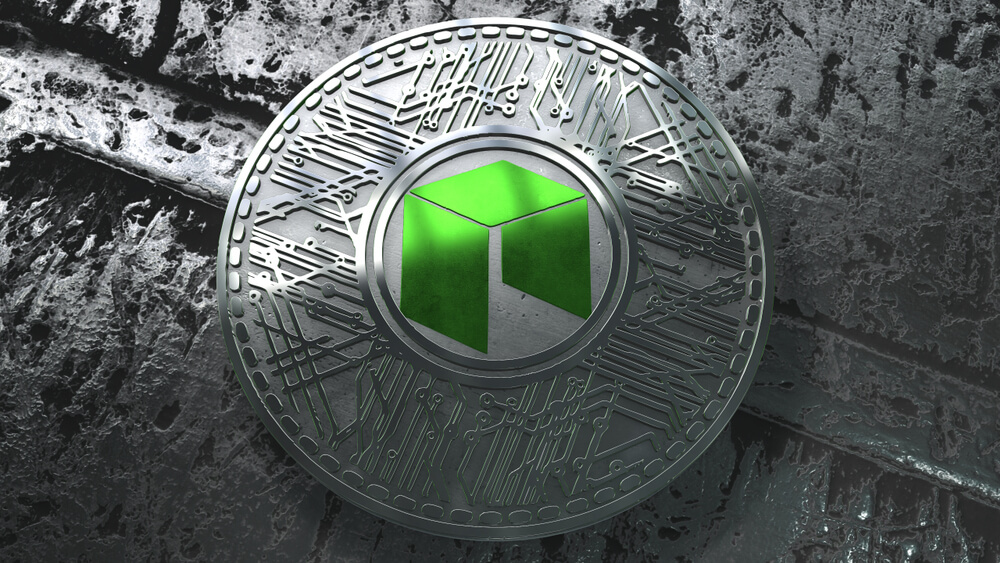

 Cardano’s smart contract language is Plutus, which is based on Haskell. Cardano is basically written in Haskell. Cardano is designed with the Cardano computational layer, which by default consists of two layers while one allows formally specified languages used for checking the code of the smart contract, and the other is a defined officially virtual machine and language framework. The default layers’ goal is to check the smart contracts to avoid severe vulnerabilities in smart contracts without any additional requirements.
Cardano’s smart contract language is Plutus, which is based on Haskell. Cardano is basically written in Haskell. Cardano is designed with the Cardano computational layer, which by default consists of two layers while one allows formally specified languages used for checking the code of the smart contract, and the other is a defined officially virtual machine and language framework. The default layers’ goal is to check the smart contracts to avoid severe vulnerabilities in smart contracts without any additional requirements. Ethereum has been trying to incorporate formal verification for a long time now since it has many smart contracts functioning on the platforms. They have even come up with a publication called “making smart contracts smarter.” This publication focuses on smart contracts bugs and mainly focuses on ways to mitigate them. This includes the change in operational semantics of Ethereum to inbuilt formal verification.
Ethereum has been trying to incorporate formal verification for a long time now since it has many smart contracts functioning on the platforms. They have even come up with a publication called “making smart contracts smarter.” This publication focuses on smart contracts bugs and mainly focuses on ways to mitigate them. This includes the change in operational semantics of Ethereum to inbuilt formal verification.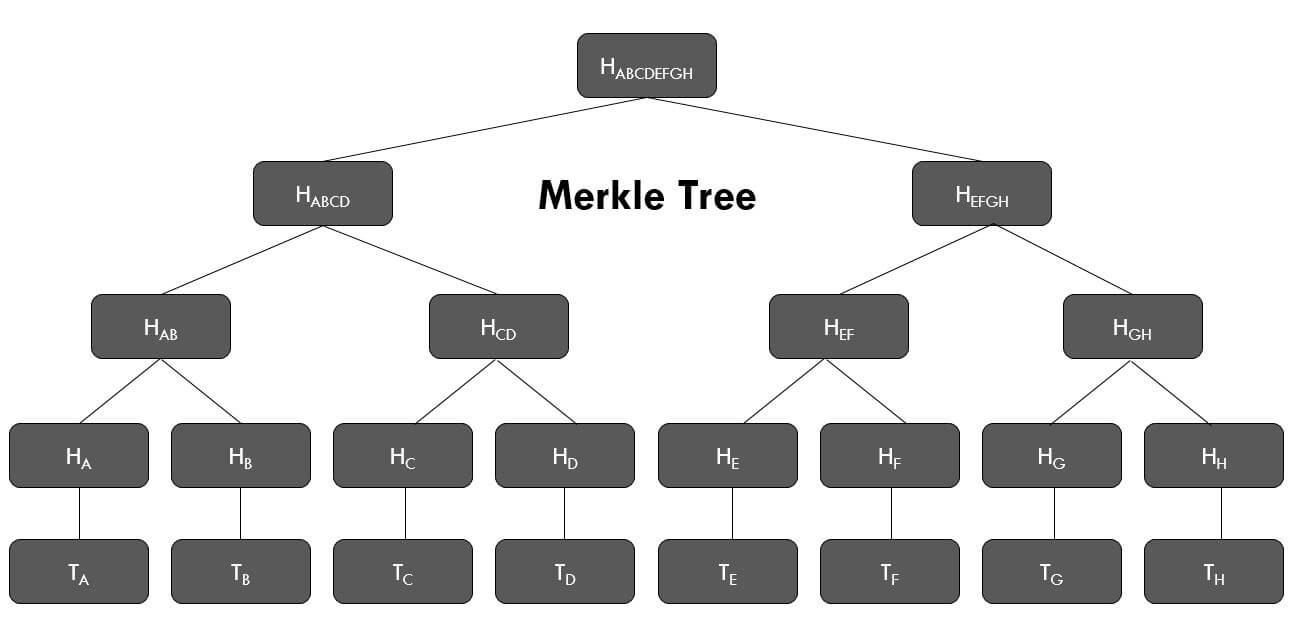



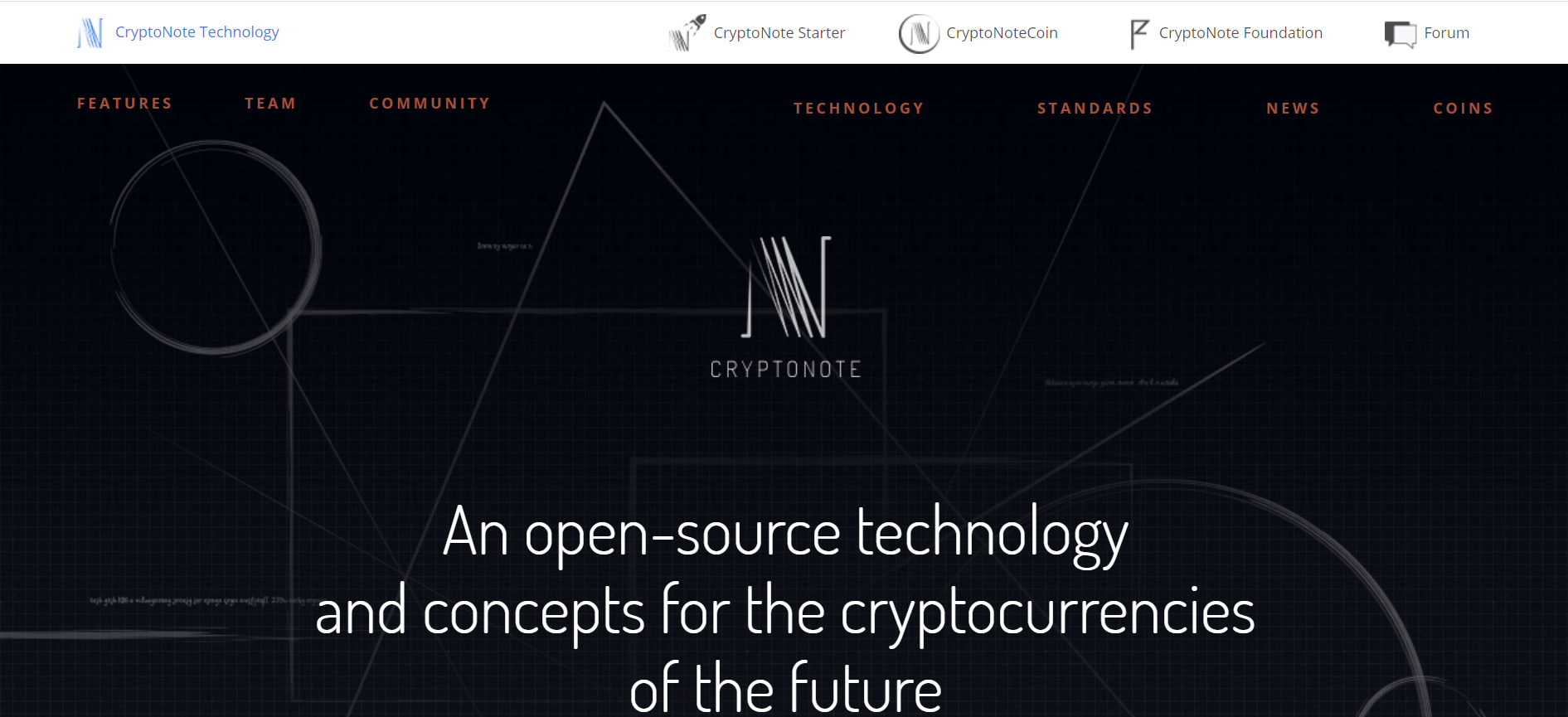
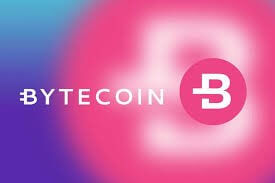 Bytecoin is the first cryptocurrency that was created using CryptoNote technology in 2012. Being the first one, it was quite popular back then. This coin includes the exclusive CryptoNight mining algorithm along with the typical features of CryptoNote. Bytecoin was mainly developed to facilitate instant transactions with no fee for businesses, merchants, and customers in the inclusion of security, anonymity, and fast international payments.
Bytecoin is the first cryptocurrency that was created using CryptoNote technology in 2012. Being the first one, it was quite popular back then. This coin includes the exclusive CryptoNight mining algorithm along with the typical features of CryptoNote. Bytecoin was mainly developed to facilitate instant transactions with no fee for businesses, merchants, and customers in the inclusion of security, anonymity, and fast international payments.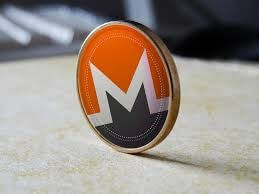 Monero has been one of the most popular cryptocurrency when it comes to privacy. This open-source protocol and decentralized network community are highly dedicated to making Monero a powerful anonymous payment method. And not to mention, this coin is created under the assistance of CryptoNote.
Monero has been one of the most popular cryptocurrency when it comes to privacy. This open-source protocol and decentralized network community are highly dedicated to making Monero a powerful anonymous payment method. And not to mention, this coin is created under the assistance of CryptoNote.

 In the case of cryptos, there exists a computer program that emails you at specific intervals and waits for your reply. If the program does not receive any reply from the sent email, it then automatically checks for death certificates of the account holder. If it finds such a record and does not receive any email, the program will transfer the coins in the wallet to the specified wallet mentioned by the account holder during the time of set up.
In the case of cryptos, there exists a computer program that emails you at specific intervals and waits for your reply. If the program does not receive any reply from the sent email, it then automatically checks for death certificates of the account holder. If it finds such a record and does not receive any email, the program will transfer the coins in the wallet to the specified wallet mentioned by the account holder during the time of set up.